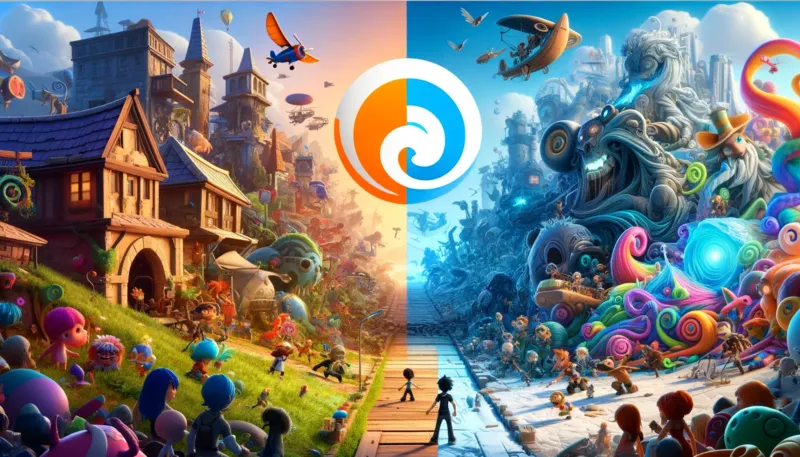Urho3D Engine: A Hidden Gem for Game Development

The Urho3D game engine, a somewhat obscure yet powerful tool in the game development world, has garnered attention for its unique features and capabilities. This in-depth review aims to shed light on its functionalities, strengths, and weaknesses, helping developers decide if it’s the right engine for their next project.
Understanding Urho3D: An Overview
Urho3D started as Bofh3D and was renamed after a tyrannical fish king, with Urho translating to “hero” in Finnish. This cross-platform engine supports both 2D and 3D game development, offering versatility for a range of projects.
Key Features and Technicalities
- Versatility in 2D and 3D: Despite its name, Urho3D efficiently handles both 2D and 3D game development, a feature that significantly broadens its application.
- Rendering Capabilities: It supports Direct3D9, OpenGL rendering, and has options for HLSL or GLSL shaders. The rendering pipeline is configurable, catering to various graphical needs.
- Cross-Platform Support: Urho3D runs on several platforms, including Windows, Linux, macOS, iOS, Android, and Raspberry Pi, making it a flexible option for developers targeting multiple platforms.
- Scripting and Physics: The engine provides scripting options using AngelScript and Lua, along with physics support using the Bullet and Box2D libraries.
Installation and Setup
Setting up Urho3D involves downloading the source code from GitHub and building project files using CMake. While the process is straightforward for those familiar with CMake, it might pose challenges for beginners.
Learning and Community Support
Urho3D’s robust community and well-documented code samples are key resources for learning and troubleshooting. The samples cover a wide range of topics, providing a solid foundation for new developers.
Analysis: Strengths and Weaknesses
Pros
- Open Source and Free: Urho3D is open-source and free, offering developers the freedom to experiment and modify the engine to their needs without financial constraints.
- Active Development: The engine is regularly updated, ensuring that it stays relevant and efficient for modern game development.
- Extensive Documentation: The engine boasts comprehensive documentation, aiding developers in understanding and utilizing its features effectively.
- Tooling Support: Urho3D comes with various tools, including a 3D level editor, AssetImporter, and other utilities, facilitating a smoother development process.
Cons
- Learning Curve for Beginners: The installation and initial setup might be challenging for those new to CMake or engine development.
- Basic UI: The user interface has been described as somewhat underwhelming, potentially affecting the ease of use.
- Limited Community Size: Compared to mainstream engines, Urho3D’s community is smaller, which might impact the availability of external resources and support.
Practical Application and Projects
Urho3D has been used in various indie game projects, with “Clinically Dead” being a notable example. This game, developed by a one-man team, showcases the engine’s capability to create visually striking and complex games.
Conclusion: Is Urho3D Right for You?
Urho3D stands out for its open-source nature, extensive documentation, and robust tooling support. Its capabilities in both 2D and 3D game development make it a versatile choice. However, its steeper learning curve and basic user interface might be drawbacks for some. If control, flexibility, and open-source development are high on your priority list, Urho3D is certainly worth considering.
